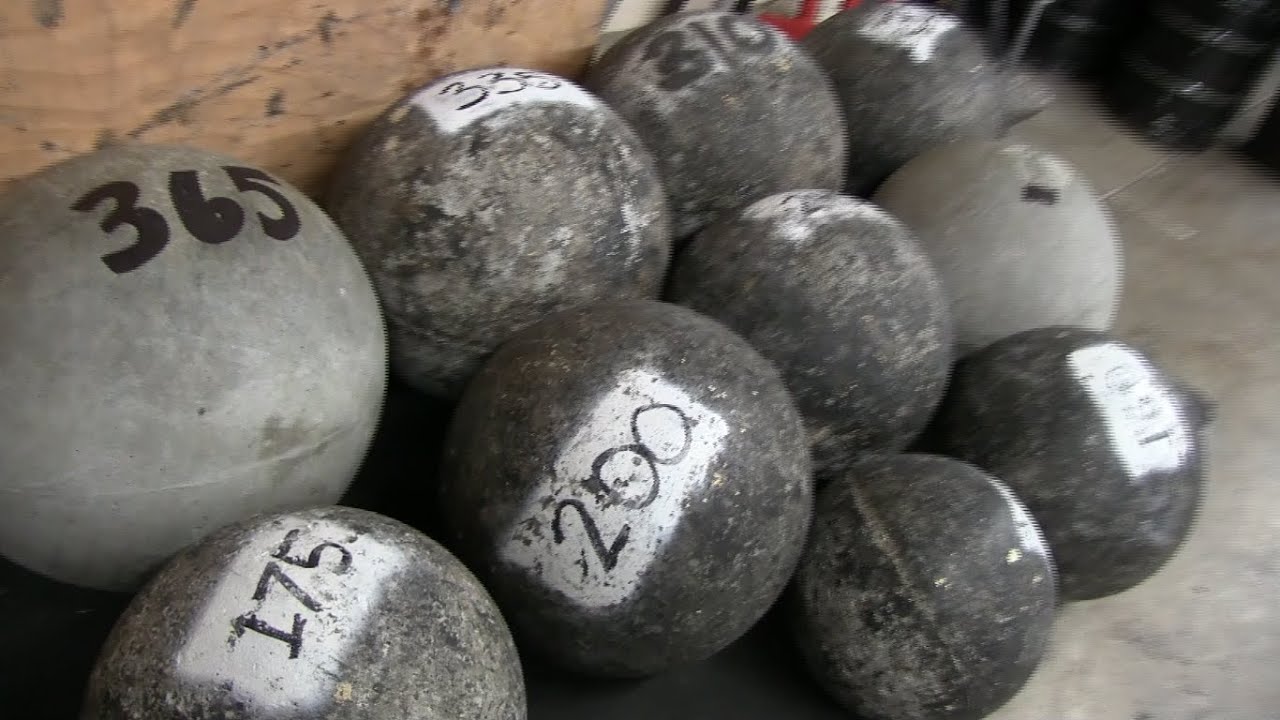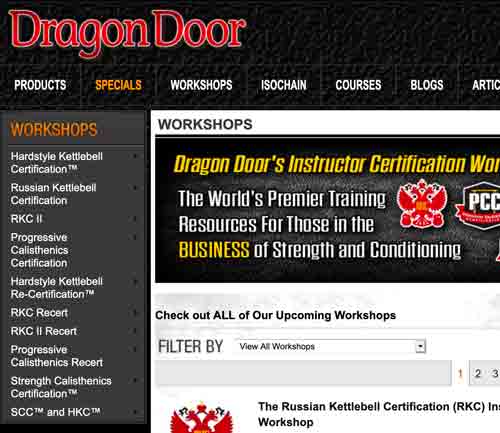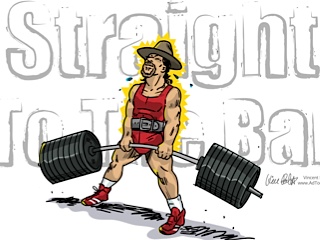
Today, l want to talk about the forgotten muscle, the calves. Honestly, I feel this is the one body part where I have some authority since my calves are of decent development.
Now, you have probably heard many people lamenting “calves are all genetics“. In all fairness, that is partly true (as it is for any other muscle). For instance, people with high calf insertions will have just as many problems building massive hunks of meat back there as people with long biceps who are trying to get a peak. You get the idea, part of the success in regards to your calf development depends on your parents; the much bigger part, however, is your responsibility.
So, how do we build the diamond shaped calves we crave?
First off: train your calves. Sounds simple but think about it. How many people in the gym train their legs properly? By that I do not mean 20 sets of leg extensions and abductor machine but squats, step ups, lunges etc. See. Out of those few athletes, most of them either do not train calves at all or add a couple half -assed sets in the end of the workout, when they are spent as is.
That leaves us with the last of the Mohicans, those that train their calves diligently multiple times a week, with different rep ranges and various loading schemes. Those are also the ones, who, lo and behold, have good calves.
That being said, let’s move on and have a look at the different options to train calves. Just to clarify, when talking about training calves, one usually means training the soleus and gastrocnemius.
First there is the seated calf raise, which isn’t one of my favorites since it to soleus dominant.
Second would be the standing calf raise, which involves the both muscles but can be uncomfortable when there is a lot of weight on your back.
Third option is the calf sled or leg press. These are my personal favorites since you can get a deep stretch, which is need to tear the fascia and create new growth in the muscle.
Lastly, there are jump squats. This is a fantastic, yet forgotten exercise. Hereby you load a barbell with about 25% of your regular squat weight and perform explosive squats where you end up on the tip of your toes.
So I prefer the calf sled and the leg press, but that’s just me.
A couple points that should be paid attention to:
A. Use full range of motion. Too many people use way too much weight and perform some sort of mini squats when doing calf raises. Proper contraction and getting a good stretch at the bottom is a must.
B. Overemphasize the stretch. The muscles in the calves are notoriously tight (you walk on them all day), so in order to create new room for real estate you must create small tears. This is done via a deep, weighted stretch.
C. By the same token, vary your rep ranges and weights. Since the calves are so well adapted, it pays to use different rep schemes as well as to vary between medium and heavy weights. Rep numbers can be as far spread as 100 reps, 4×30 week or 5×8.
D. Train them often. In my experience, the calves recover rather fast, so they can be trained 3-4 times a week. Since a calf workout doesn’t create a lot of nervous stress, you should be able to recover quickly.
Here is my favorite, the mechanical drop set for calves!
You start at the seated calf raise, which uses primarily the soleus muscle. Next stop would be calf raises standing, involving the gastrocnemius as well. Lastly, I would add squat jumps with a light barbell, so your poor little calves get a lift from the bigger brothers amongst the leg muscles. I’d try for 20 reps each and 4 rounds.
- Seated calf raises
- Standing calf raises
- Jump squats
Enjoy the three days of walking like a penguin!
Maik











0 Comments